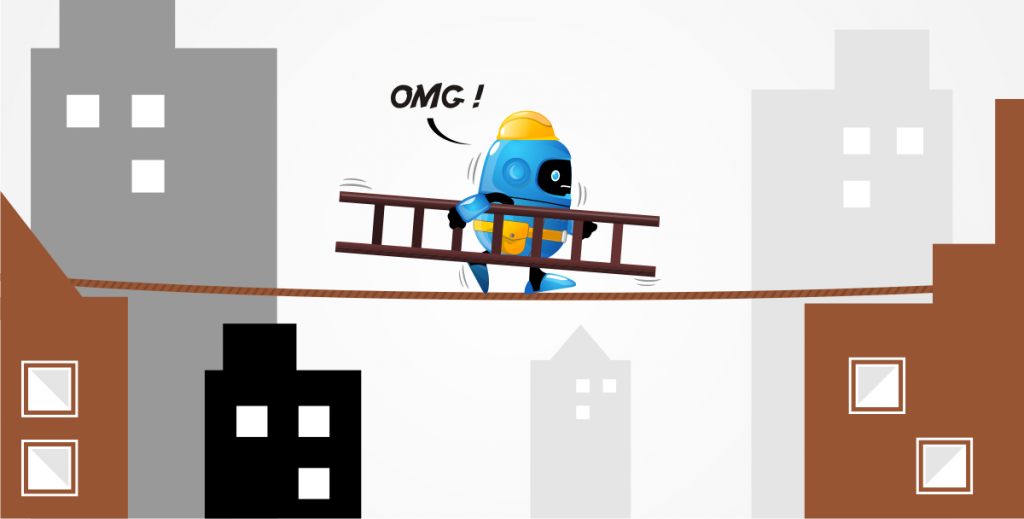Risk Reporting: what is a dangerous incident?
This is one of the many risk assessment questions that construction businesses ask but the answer is not as straightforward as you would assume. ‘Dangerous incident’ is a term that comes with certain responsibilities under OHS laws and has immediate effects on potentially any workplace risk assessment.

A dangerous incident can be classified as a workplace event that exposes any worker, manager or other person to a serious health or safety risk. There are numerous generic hazards and health risks at work that are identified under the Work Health and Safety Act 2011. These include:
- The breakdown or partial breakdown of a structure
- The breakdown or collapse of a shoring supporting an excavation/tunnel
- The failure, breakdown, damage or collapse of a plant required to be authorised under risk assessment regulations
- The inundation of mud, water or gas into an underground excavation/tunnel
- The failure of a ventilation system in an underground excavation/tunnel
- The fall from a height (at least 2-3 metres) of any substance, plant or object
- The unrestricted release of gas, steam or a pressurised material
- An explosion, implosion or fire
- The unrestricted release, spillage or leak of a substance (see hazardous substance risk assessment)
- An electrical shock not classified as a serious electrical incident or a dangerous electrical event*
As soon as a person conducting a business or undertaking (PCBU) becomes aware of a dangerous incident then they are required to immediately notify the relevant workplace health and safety regulator. For a list of the various regulators for each Australian jurisdiction, check Safe Work Australia.
*Note: in Queensland, a serious electrical incident or a dangerous electrical event has a different notification process under the Electrical Safety Regulation 2013.

